What’s the Difference Between an Employment Equity Plan and an Employment Equity Report?
When it comes to promoting fairness and equity in the workplace, designated
employers in South Africa have a dual responsibility: creating an Employment
Equity Plan and submitting an Employment Equity Report. While these terms are
often used interchangeably, they have distinct yet interlinked roles in promoting
diversity and inclusivity among employees. In this article, we will explore the
differences between these two key components of complying with South Africa’s
Employment Equity guidelines.
The Employment Equity Report: Designated employers required to submit an
Employment Equity Report annually must also develop an Employment Equity
Plan. This plan covers a period of at least one year but not exceeding five years. To
implement this plan, an organization’s committee must conduct a thorough
examination and consultation process. This involves reviewing employee
demographics, hiring and promotion practices, and employment policies.
The Employment Equity Plan outlines the organization’s goals for fairness and
equality. It’s essential to consider the demographics of the local area and the
nation as a whole, ensuring active participation from diverse groups. The
committee also identifies obstacles hindering affirmative action measures and
proposes solutions to overcome them.
Understanding Affirmative Action:
Affirmative action is a set of measures taken by employers to ensure that
qualified individuals from designated groups, including black people, women, and
people with disabilities, have equal employment opportunities and fair
representation at all job levels. This policy involves:
• Identifying and removing barriers affecting these groups.
• Actively promoting diversity within the workplace.
• Making reasonable accommodations for individuals from these groups.
• Investing in their training and development.
• Setting goals to ensure fair representation without rigid quotas.
Affirmative action aims to address historical inequalities and create inclusive and
diverse workplaces by taking proactive steps to level the playing field.
Responsibility for Creating the Employment Equity Plan:
The task of formulating the Employment Equity Plan falls upon designated
employers, as stipulated in sections 14 to 20 of the Employment Equity Act, No. 55
of 1998. Collaboration with the workforce through consultation is crucial.
Employers use the EEA12 form for analysis and consultation and the EEA13 form as
the EE plan template.
The Employment Equity Report:
Designated employers are required to report their progress in implementing their
plan to the Department of Employment and Labour. This report, known as the
Employment Equity Report, helps the department monitor compliance with the
Employment Equity Plan. The reports submitted to the Department of Employment
and Labour include the EEA2 and EEA4 forms. These forms extract sections from
the Employment Equity Plan, such as Targets, Goals, Barriers, and Affirmative
Actions.
Forms to Be Used:
Designated employers should fill out and submit the Employment Equity Report
using the following forms from the Department of Employment and Labour:
- Form EEA 2 (all sections)
- Form EEA 4 (all sections)
Submission Deadlines:
• For large companies (more than 150 employees), the initial report must be
submitted within six months from the date of designation, followed by
annual submissions on the first working day of October.
• Small companies (between 50 and 150 employees) should submit their
initial report within twelve months from the date of designation, and
subsequently, on the first working day of October in each even-numbered
year.
• Online reporting season opens from the beginning of September and
closes on the 15th of January.
Remember: Don’t Confuse the Plan with the Report:
It’s crucial to note that while the terms “Employment Equity Plan” and “Employment
Equity Report” are sometimes used interchangeably, they serve different
purposes. The report reflects an organization’s past actions and results, while an
EE plan outlines future strategies for achieving equity goals.
Why Employment Equity Matters:
Increasingly, companies are facing audits and fines, often exceeding R1.5 million,
for non-compliance with Employment Equity reporting requirements. Dealing with
such fines can pose a serious financial challenge for businesses. However,
compliance with EE regulations can be made more accessible with the right
assistance.
If you require help with any aspect of your Employment Equity responsibilities,
whether it’s establishing a committee or submitting required reports, feel free to
reach out to our EE123 Experts. We’re here to assist you!
Promoting fairness, diversity, and inclusivity in the workplace is not only a legal
obligation for designated employers in South Africa but also a crucial step toward
a more equitable society. Understanding the distinctions between the
Employment Equity Plan and Employment Equity Report is essential for
compliance and fostering a workplace where all employees have equal
opportunities. Stay informed, act, and make a positive impact on your
organization and society as a whole.




